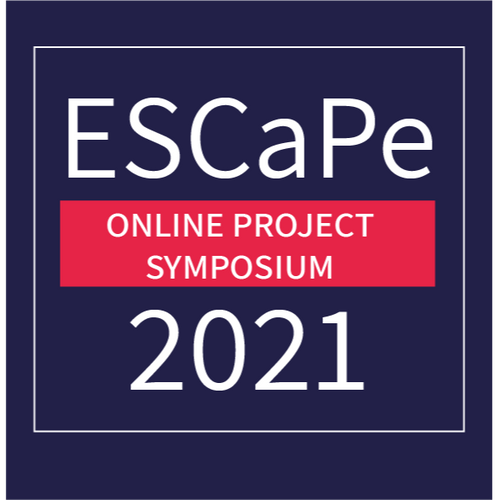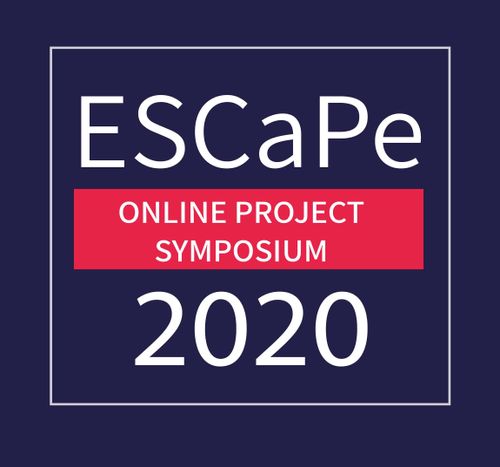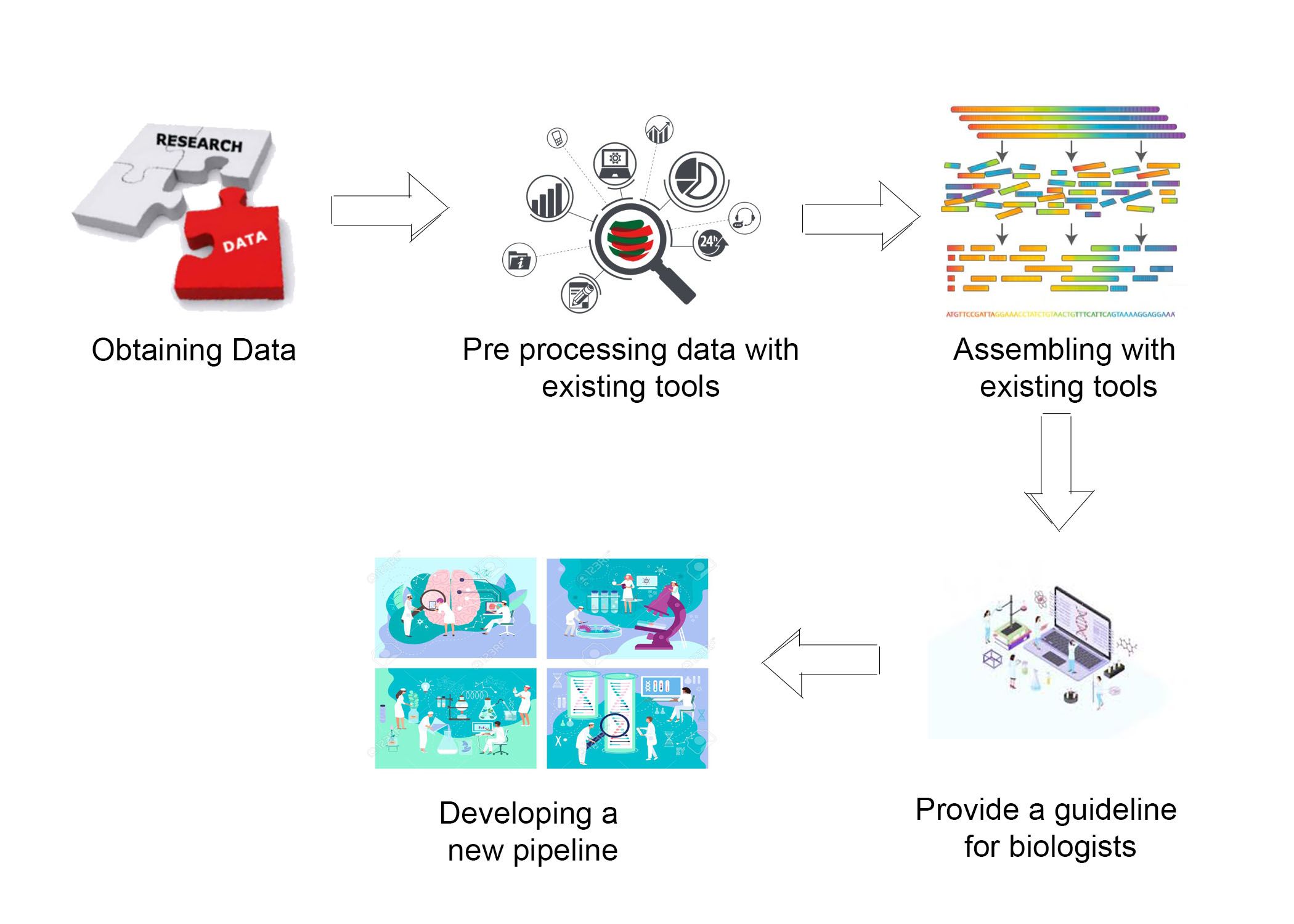
ESCaPe 2021
ESCaPe is the annual project symposium of the Department of Computer Engineering, University of Peradeniya. It presents you with the research projects of the undergraduates of the Department of Computer Engineering. ESCaPe 2021 is the 6th symposium that is organized by the department and this time the symposium is open for a broader audience and aims to build a platform for the undergraduates to present their research ideas to the industry and academic community.
 ESCaPe Publications
ESCaPe Publications
